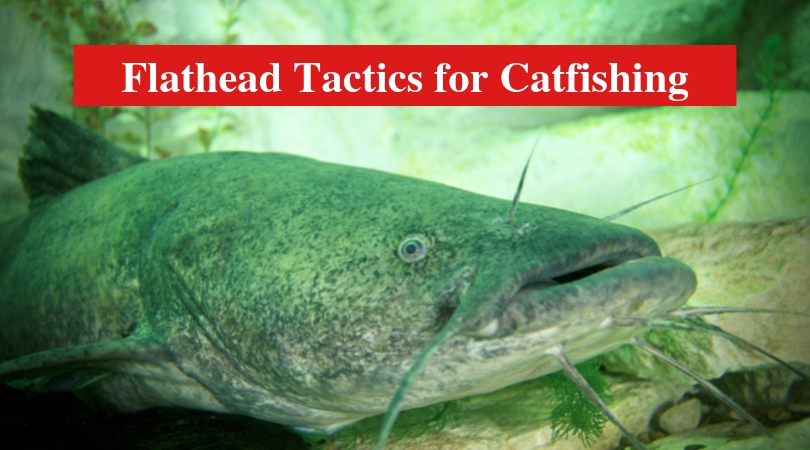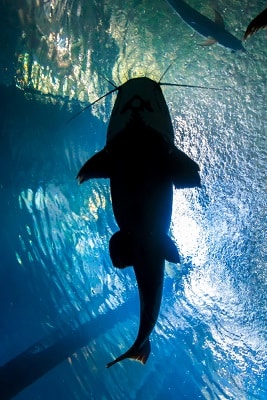
The flatheads are also called blue catfish. They are one of the most sought after species because of their size and commercial value. Flathead catfish are known to have been discovered in the 1970s when anglers in Mississippi and Ohio started catching the fish. They have also been labeled as invasive fish species that can quickly multiply and prey on smaller fish or other living organisms in the water.
Flathead Tactics for Catfishing
The biggest flathead on record to have been caught weighed about 85 pounds. There are also many reports of really big flatheads that have been caught in other parts of the world. If you are interested in finding and catching flatheads, the following tips will help you.
The best bait for flatheads
Flatheads have a large appetite; this is great news for anglers because if you can find the best bait for flatheads, your fish bucket will surely be heavy to carry at the end of the day. Flatheads enjoy eating prey such as shads, carps and smaller catfish. The prey can be cut up and set on the hooks while setting up your rig.
Fortunately, flatheads will eat a wide range of fish food, so you can also try other alternatives such as frogs and also artificial lures. When you find the favorite bait for the flatheads, continue using it to land more fish.
Use a fish finder
These bigger catfish are known to stay in smaller groups compared to the smaller catfish. They can eat smaller fish, so only the biggest survive, hence the small schools. You can use a fish finder to locate them in the rivers, look out for small schools, and if you have good bait, you can catch many of the catfish in that area.
Live baits
Live baits have been known to be very effective in attracting flatheads to take bites. You can use shads or carps as your live bait. The live baits move in the water even when hooked, this movement attracts the flatheads, the catfish swallows the hook which gets stuck in its mouth, you will feel the struggle on your line as a cue to act quickly, or you can lose the fish if it breaks free.
Keep your equipment from pollutants
The catfish is very sensitive to pollutants in the water. These pollutants give off a distinct smell that can be easily detected by the catfish. If your lines have been contaminated by any chemicals such as insect repellants you use when fishing, the odor can scare the fish away.
Take advantage of the spring season
During spring, flatheads become more active because the temperature of the water rises. This means they can search for food after such a long time of hibernation and hunger. You can take advantage of their increased activity to bait and land more catfish. This is what you can do, study the early spring fishing patterns in your area and locate the parts of the river where preys such as shads congregate during spring. The catfish will follow the food, and you can catch them.
Related:
